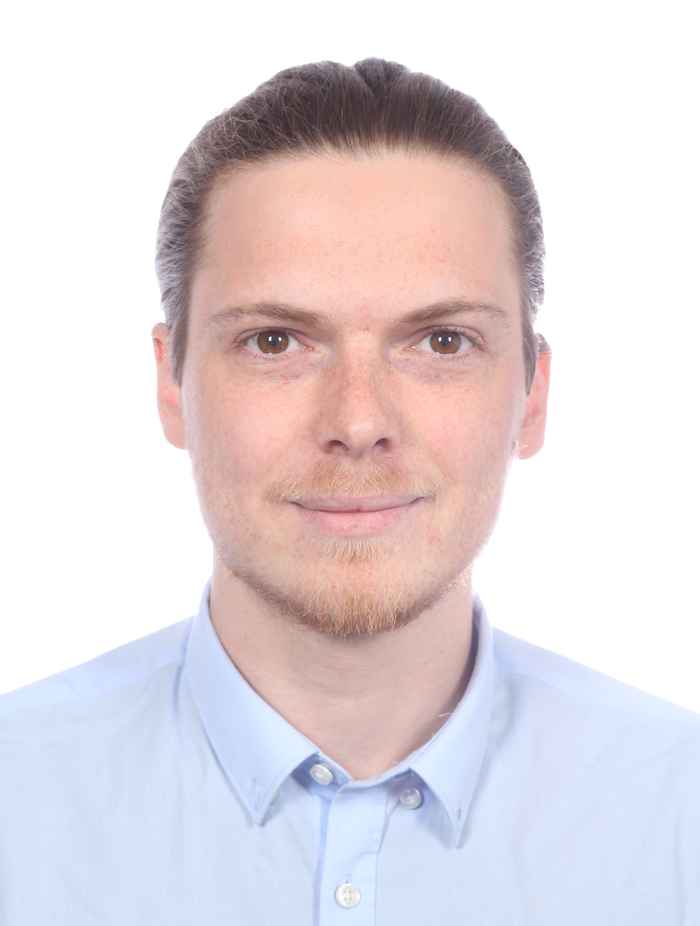Rekindling the Connection between Logic and Artificial Intelligence
Blog by Alumni Fellows Levin Hornischer and Thomas Icard
3 February 2025
Since the inception of artificial intelligence (AI) in the 1950s, there has been a rich history of deep interaction between logic and AI. The influence was bidirectional: in one direction, logic was the driving engine for early AI systems; and, in the other direction, AI was a source of new challenges and theoretical avenues for logic. This interface began to fade when, in the 1990s, researchers started to realize that many applications could be supported by relatively shallow statistical techniques, apparently obviating the need for more sophisticated logical tools and ideas. Meanwhile, logic was increasingly applied in other domains, e.g., in other areas of computer science, in linguistics, and in mathematics—which drew many in logic away from AI. Today, deep neural networks and other statistical tools have reached an impressive level of sophistication in their capacity for reasoning, dialogue, visual understanding, image generation, and much more. And with this newest wave, the possibilities for profitable interaction between logic and AI have vastly expanded.

The goal of our project has been to explore and map this new landscape: to identify the new and exciting interfaces between logic and AI in the post-deep-learning era. To this end, we organized a plenary workshop, which brought together leading international experts at the intersection of Logic & AI. In a combination of expert talks and discussion session, we explored three subtopics:
- Neuro-symbolic integration: Logical tools tend to be useful for consistent reasoning and safety verification, while neural networks excel at learning patterns from noisy data. Is it possible to get the best of both worlds and combine these two approaches?
- Expressive and computational power of neural networks: The recent news have been full of headlines about AI systems solving tasks that have been deemed impossible before. But where exactly lies the line between what is possible to do with neural networks and what is not?
- Causality as a bridge between logic and AI: Modern neural networks have billions of parameters that were tweaked during training in order to produce the intended outputs when a given input is processed according to these parameters. However, to explain in human-understandable terms what this neural network is doing, such a micro-level number-crunching process may be meaningless. How can we find a macro-level description of the causal mechanism that is behind the number-crunching?

Just as in the earlier days of Logic & AI, these recent influences flow in both directions. On the one hand, logic continues to be a useful tool for building and analyzing AI systems: one example is neuro-symbolic integration, which employs symbolic ideas to improve the processing of the neural network; another is in causal explanations, which guide the search for macro-level descriptions. On the other hand, AI continues to inspire new theoretical directions in logic, e.g., identifying the problems which can and cannot be solved by different neural network architectures.
By bringing together all of these diverse angles—and by also discussing possible initiatives for filling ongoing gaps—we have arrived at an overall map of how logic and AI are poised to interact over the coming years. During our project and our workshop, new connections and synergies were forged, building a community of researchers that are rekindling the connection between logic and AI. This was made possible by the IAS: a central hub in Amsterdam, connecting not just disciplines but the communities around them, from the Netherlands and abroad.